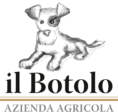A detailed mapping of “Nizza Cru” was officially presented in February 2018. This is a classification system already used for the important wine growing areas in Italy, France and America, that provides an overall analytical picture of the areas limited to the 18 municipalities within the territory where Nizza docg is produced.
A map of the vineyards devoted to this production, that allows wines to be defined according to their exact place of origin, thereby adding the names of smaller, more personal zones within the Denomination (in France known as “crus” and in Italy as “Additional Geographic Definitions”), where the production of Nizza docg is becoming more and more qualified.
cru ⟨krü⟩ s. m., fr French, from crû, literally ‘growth’, past participle of croître-Terroir as a place of production or an "Ensemble of terrains considered from the point of view of what grows there, from a particular cultivation”. In enology, cru is often used to indicate a specifically named and legally defined vineyard or ensemble of vineyards that produce wine of recognized quality; specifically, vineyards in a defined area that produce wine with outstanding organoleptic characteristics.
The aim of the map is not to distinguish wine growing areas that are qualitatively better, but rather to classify the territory where Nizza originates, based on its’
landscapes and regional anatomy.
The 15 hectares of vineyards of our winery, “Il Botolo Azienda Agricola” are located in two separate areas: BRICCO di NIZZA and MANTILERA
source: http://www.ilnizza.net/nasce-la-carta-dei-cru-del-nizza/
Related articles
This year the spotlight was on our latest gem NIZZA DOCG RISERVA 2016 vintage, which achieved a score of 95/100 points.







